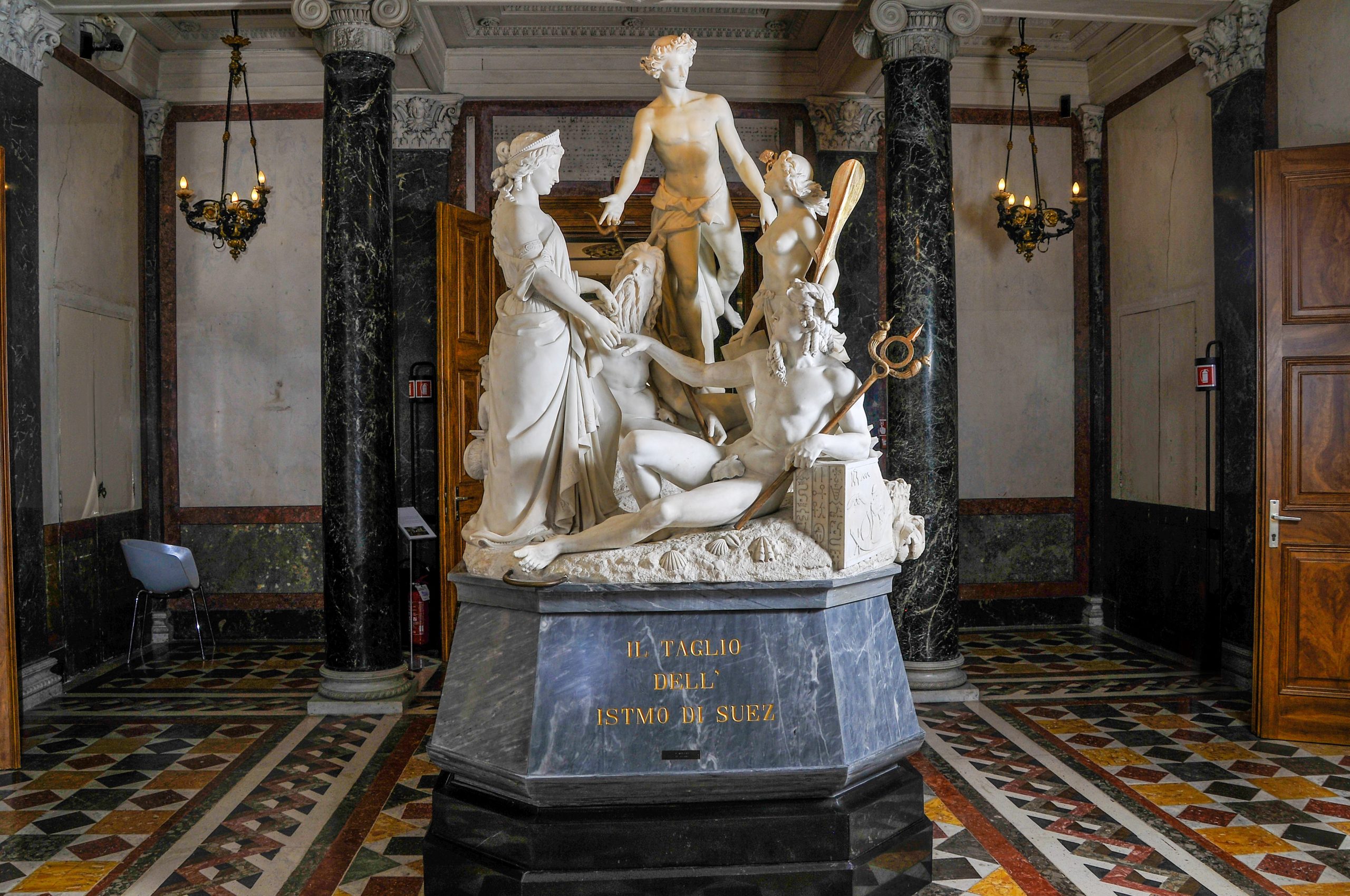by InTrieste
Interviews: FVG governor, Massimiliano Fedriga; FVG councilor for tourism, Sergio Bini
After a 15-year hiatus, the Women’s Alpine Ski World Cup will return to Tarvisio in January 2026, bringing elite downhill competition back to the northeastern edge of Italy’s Alps. Ticket sales open to the public on November 17, marking the start of a final countdown for a marquee event that organizers say will showcase not only top-tier sport, but also the cross-border spirit of this mountain region near Austria and Slovenia.
The races — a downhill and a super-G scheduled for January 17 and 18 — will serve as a crucial stop ahead of the 2026 Milan-Cortina Winter Olympics. They replace the traditional Cortina weekend on the World Cup calendar, spotlighting instead the storied “Di Prampero” slope on Monte Lussari, a nearly four-kilometer course known for its steep pitches, long gliding sections, and sweeping alpine scenery.
Stretching from 1,800 meters above sea level down to the village of Camporosso, the run features close to 1,000 meters of vertical drop and ranks among the longest in the women’s World Cup circuit. With a north-facing exposure designed to preserve snow quality, it has long been considered one of the most technically demanding tracks in the region. The slope has previously hosted three World Cup editions — in 2007, 2009, and 2011 — as well as junior world championships.
Local authorities and organizers have been preparing for months, coordinating logistics with ski clubs, volunteers, and schools across Friuli Venezia Giulia. More than 200 volunteers and seven regional ski clubs will support the event, joined by students from Tarvisio’s ski academy. Coordination extends beyond Italy’s borders, with collaborations involving the regional ski federations of Carinthia and Slovenia, and links to the women’s World Cup event in Kranjska Gora earlier in January.
In a region where Italy, Austria, and Slovenia meet, officials emphasize the symbolic significance of hosting an international sporting event that draws athletes, media, and fans from across the Alps. Hospitality structures across Tarvisio, nearby Valbruna, and cross-border towns in Carinthia and Slovenia will accommodate teams and spectators. Facilities including the local sports hall, ski rooms, and media center are being readied to welcome competitors and press.
Tickets will be sold via Vivaticket and through the event’s website, with prices ranging from €12 to €20 and 1,114 seats available in the grandstand area. Reduced prices will be offered to children, and free entry will be provided to spectators with disabilities in a designated section. A limited partnership will allow select fans to attend both the Tarvisio and Kranjska Gora races.
As the event approaches, organizers are introducing digital initiatives intended to enhance the experience for visitors and promote the region’s winter tourism. A new AI-based assistant called Neve.ai will launch in December, offering real-time information about slopes, weather, dining, and events. Meanwhile, Super (FV)G, a browser-based skiing game that recreates the Di Prampero course in 3D, has been released as an educational tool and promotional showcase for Friuli Venezia Giulia’s ski areas.
Tarvisio has also unveiled a new vintage-inspired logo featuring a retro skier and the jagged silhouette of Monte Mangart, underscoring both tradition and a modern push to position this borderland valley as a winter sports hub.
For local leaders, the return of World Cup competition is a chance to reaffirm Tarvisio’s place in international skiing. For the athletes who will descend Monte Lussari’s iconic trail, it could be a decisive test — and an early preview of Olympic ambitions.































